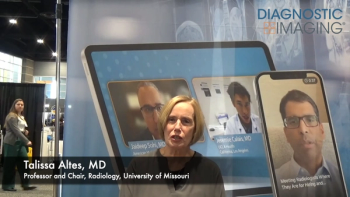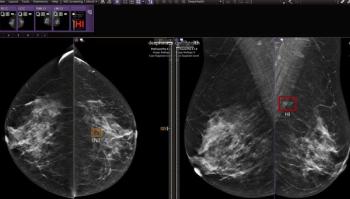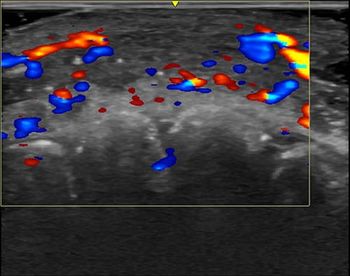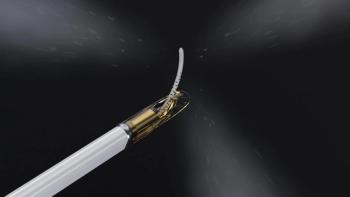
GE adds biomedical expertise to multivendor service with Steris buy
Purchase is step in drive to offer one-stop serviceGE Medical Systems this month added over 200 trained service technicians to its multivendor imaging and biomedical equipment maintenance business in the U.S. through the acquisition of the
Purchase is step in drive to offer one-stop service
GE Medical Systems this month added over 200 trained service technicians to its multivendor imaging and biomedical equipment maintenance business in the U.S. through the acquisition of the management services division of Steris. The deal will boost GE's multivendor service coverage, particularly among hospitals in the Northeast, said Thomas Dunham, vice president and general manager of GEMS' Americas service division.
"This provided an opportunity to expand our service base, gain some very good people, and improve our coverage," Dunham told SCAN.
GE first entered the multivendor service business in 1994 (SCAN 4/20/94). Since then, the Milwaukee-based vendor has built its multivendor service business steadily through both internal growth and acquisitions, he said. Another purchase by GE in the service arena was National Medical Diagnostics of Cleveland last year.
Despite GE's growth, the third-party maintenance business remains a fragmented field, with numerous independent service organizations competing effectively, Dunham said. Many smaller independents have a competitive advantage in their lower overhead costs, he said.
"If you exclude their own OEM businesses, I don't think anyone has over 10% or 15% of the (service) market," he said.
Steris, of Mentor, OH, acquired its management services division with its purchase of Amsco International last year. Steris will continue to service medical equipment in its primary area of focus: infection-prevention and surgical-support equipment. In fact, GE and Steris have entered into a three-year contract for the latter to handle the servicing of infection-prevention equipment for GE.
While the Steris deal involved a majority focus on equipment in the biomedical area, the rest-over 25%-comprised medical imaging accounts and service personnel, Dunham said. GE offers service in all areas of hospital-based medical equipment, although some work is subcontracted to other service providers.
GE's main strategy in providing multivendor service has been to offer hospitals a one-stop alternative for the care of all their medical equipment, Dunham said. Many hospital customers request this type of consolidated service as a way to increase the efficiency of their own operations and reduce costs.
"The typical medium to large-size hospital may have as many as 90 different service providers," Dunham said. "This presents an opportunity for a much more simplified approach to service by having one (service firm) responsible, with one bill and fewer administrative headaches. All of that service is provided at less cost to the hospital."
Newsletter
Stay at the forefront of radiology with the Diagnostic Imaging newsletter, delivering the latest news, clinical insights, and imaging advancements for today’s radiologists.




























